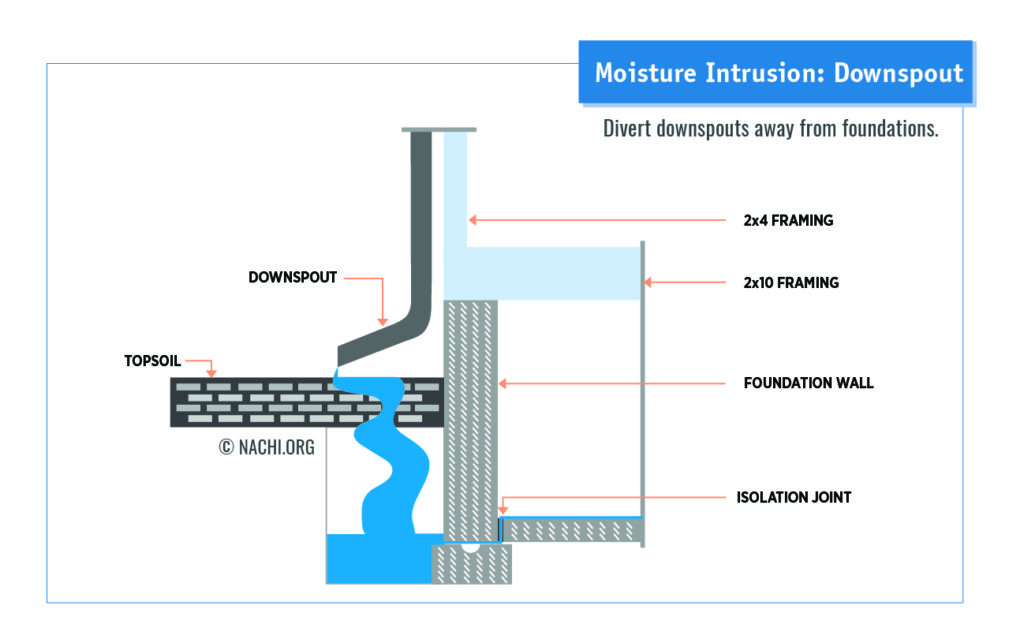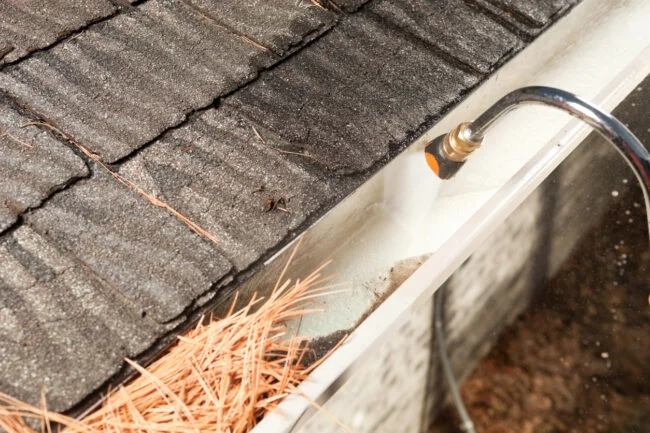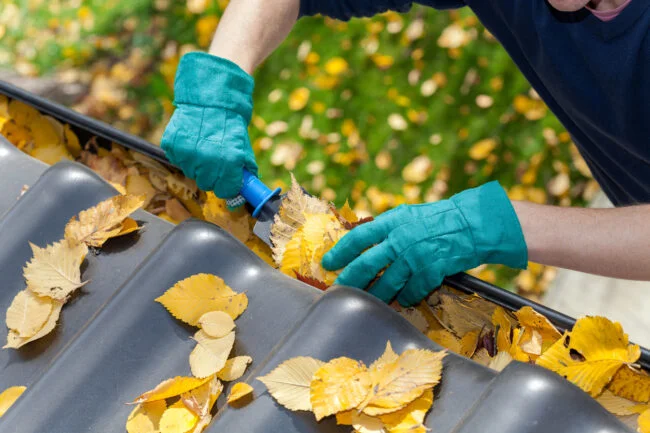Pro-Grade Techniques for Effortless Residential Gutter Maintenance
You might not know that most house foundation problems start with poorly maintained gutters. But, don’t fret; looking after your gutters doesn’t have to be a taxing chore.
This quick guide will help you understand the importance of gutter maintenance, teach you the right tools to use, and show you the safest cleaning procedures.
Plus, you’ll learn advanced debris removal tactics and clog prevention strategies.
Let’s simplify your gutter maintenance and save your home’s foundation at the same time.
The Importance of Gutter Maintenance

Your home’s long-term health depends on regular gutter maintenance, an often underestimated aspect of home care.
Gutters perform an essential job. They divert rainwater, reducing damage to your home’s exterior, foundation, and landscaping.
When they’re clogged or broken, water can’t flow away properly. Instead, it seeps into your home, causing issues like mold, structural damage, and roof leaks.
To prevent this from happening, routinely inspecting and regularly cleaning gutters should be part of your home maintenance routine.
Essential Tools For Gutter Cleaning
Before you start your gutter cleaning project, you’ll need a few essential tools to make the job easier and safer. These include:
- a sturdy ladder, preferably with a stabilizer to ensure it doesn’t lean against the gutter
- a gutter scoop or a small garden trowel for removing debris.
- a high-pressure hose
- a gutter guard installation kit to keep debris out in the future
- safety gear, including gloves, safety glasses, and sturdy footwear
With these tools, you’ll be well-equipped for efficient and safe gutter maintenance.
Proper Gutter Assessment Techniques
The first step in your gutter maintenance task is to thoroughly assess the condition of your gutters.
- Start by checking for visible damages. Look for cracks, rust spots, or peeling paint. These signs indicate that your gutters may need repair or replacement.
- Check for sagging or improperly angled gutters. They should slightly slope towards the downspouts to ensure water flows properly. If they’re flat or sloping the wrong way, you’ll need to adjust them.
- Examine the downspouts and gutter joints for leaks. During a rainstorm, observe if water is escaping from any joints. If it is, seal the leaks with a waterproof sealant.

Safe Gutter Cleaning Procedures
After thoroughly assessing your gutters, it’s crucial to follow safe cleaning procedures to ensure they’re working optimally. Safety first—you don’t want a simple task to turn into a personal mishap. Here are some pro-grade steps for your peace of mind:
1. Gear Up.
Wear gloves to protect your hands from sharp objects. Don eye protection to safeguard from falling debris.
2. Use the Right Tools.
A sturdy ladder provides the needed height. Gutter cleaning tools, like a gutter scoop, make the task easier.
3. Stay Grounded.
Always maintain three points of contact on the ladder. Also, don’t reach too far; it’s safer to move the ladder.
Advanced Debris Removal Tactics
While you’re up on the ladder, it’s time to dig into some advanced debris removal tactics that will help you tackle even the most stubborn gutter gunk.
First off, you’ll need a good quality gutter scoop. This tool is specifically designed to fit your gutters and can effectively scoop out leaves, twigs, and sludge.
Next, consider using a pressure washer. It’s a bit more advanced, but it can blast away hardened debris with ease. Just be careful not to damage your gutters.

Lastly, don’t be afraid to use your hands. With a pair of heavy-duty gloves, you can reach into those hard-to-get spots and remove stubborn debris.
Prevention Strategies for Gutter Clogging
Regular maintenance is crucial, but focusing on prevention can save you time and hassle in the long run. To prevent your gutters from clogging, you’ll need to employ a few smart strategies.
- Install Gutter Guards: These handy devices reduce the amount of debris that can enter your gutters. They can bring a sense of relief, knowing your gutters are being protected.
- Trim Overhanging Branches: Trees close to your home can drop leaves and twigs into your gutters. Doing this task can provide satisfaction as you’re proactively reducing potential blockages.
- Regular Gutter Cleaning: Schedule cleanings twice a year, ideally in spring and fall. Regular maintenance evokes confidence as you’re taking control of your home’s upkeep.
Seasonal Gutter Maintenance Guide

Your home’s seasonal gutter maintenance is another crucial aspect to consider for an efficient, hassle-free gutter system. By tailoring your cleaning schedule to the changing seasons, you can preempt gutter problems before they occur.
In the fall, it’s essential to clear leaves and debris that might clog your gutters.
In winter, check for ice dams that can damage your roof and gutters.
Springtime brings rain, so inspect for leaks and ensure the water drains correctly.
Lastly, summer’s heat can cause expansion, so be sure to look for cracks or splits in your gutters.
Staying proactive with this seasonal guide will save you time, effort, and costly repairs, guaranteeing your gutters stay in top shape year-round.
Conclusion
So, there you have it – mastering residential gutter maintenance isn’t as daunting as it seems. With the right tools, a keen eye for assessment, safe cleaning procedures, and advanced debris removal tactics, you’re all set.
Don’t forget to implement preventive measures to avoid future clogging. Keep in mind the seasonal maintenance guide, and remember, a little pro tip goes a long way.






